
Wellington Kaimoana Hub Update
In 2022, with aging infrastructure and expiring leases, it was an opportune time to review the operations of our Wellington sites; Ika at Lorne Street and Pāua Kahurangi at Hania Street. Port Nicholson Fisheries were also needing to relocate so it made sense to investigate moving to a single site.
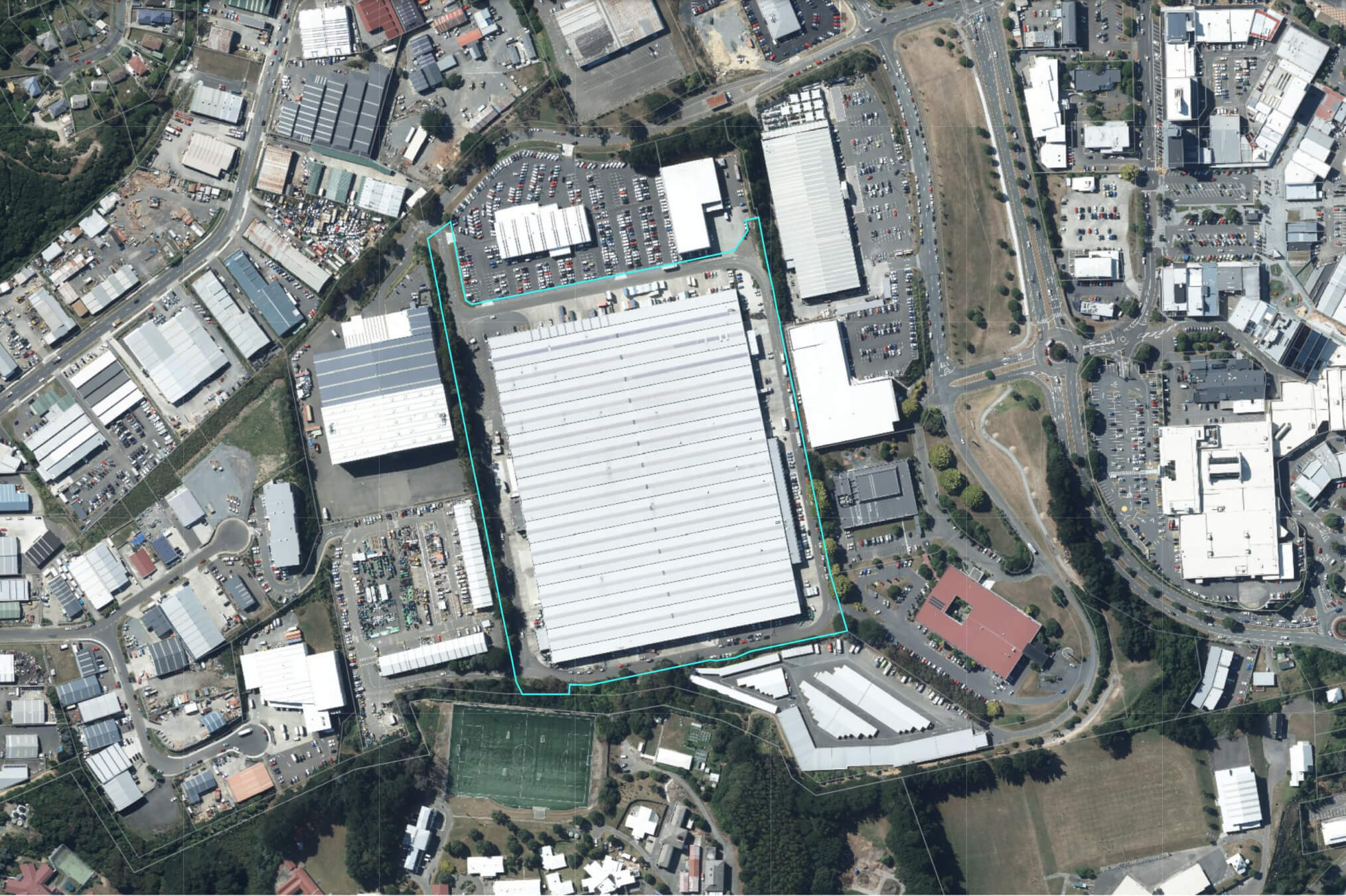
Wellington is a strategic business hub for Moana’s growth and expansion, particularly with the newly acquired Sanford ACE. The review found that supply chain disruptions, labour availability, and site closures due to the Covid-19 pandemic mean that having a secondary facility that can maintain a level of supply to domestic and export channels is critical going forward. These findings contributed to us establishing a Kaimoana Hub at the Porirua Todd Park site; this hub will unite our Wellington operations into one cohesive site.
Benefits of our Wellington Kaimoana Hub
- Emphasising value creation and growth targeted at key channels
- A greater partnership with key customers to promote and increase volume
- Increasing capacity for ika within this site will provide the necessary processing capacity for the additional inshore Sanford ACE.

Moana and Port Nicholson Fisheries have been collaborating closely on the detailed design of the Wellington Kaimoana Hub. The project is on track against the baseline schedule with a few minor delays and associated costs, and work is underway on existing infrastructure to change the current interiors to accommodate the placement of drainage and other requisite structures.
Severe weather events continue across the motu
New Zealand started 2023 with a number of severe weather events in the upper north and northeast of the country. Cyclone Gabrielle and intense flooding from Northland through to Gisborne and Napier saw much of the country wet, covered in sediment and sludge.
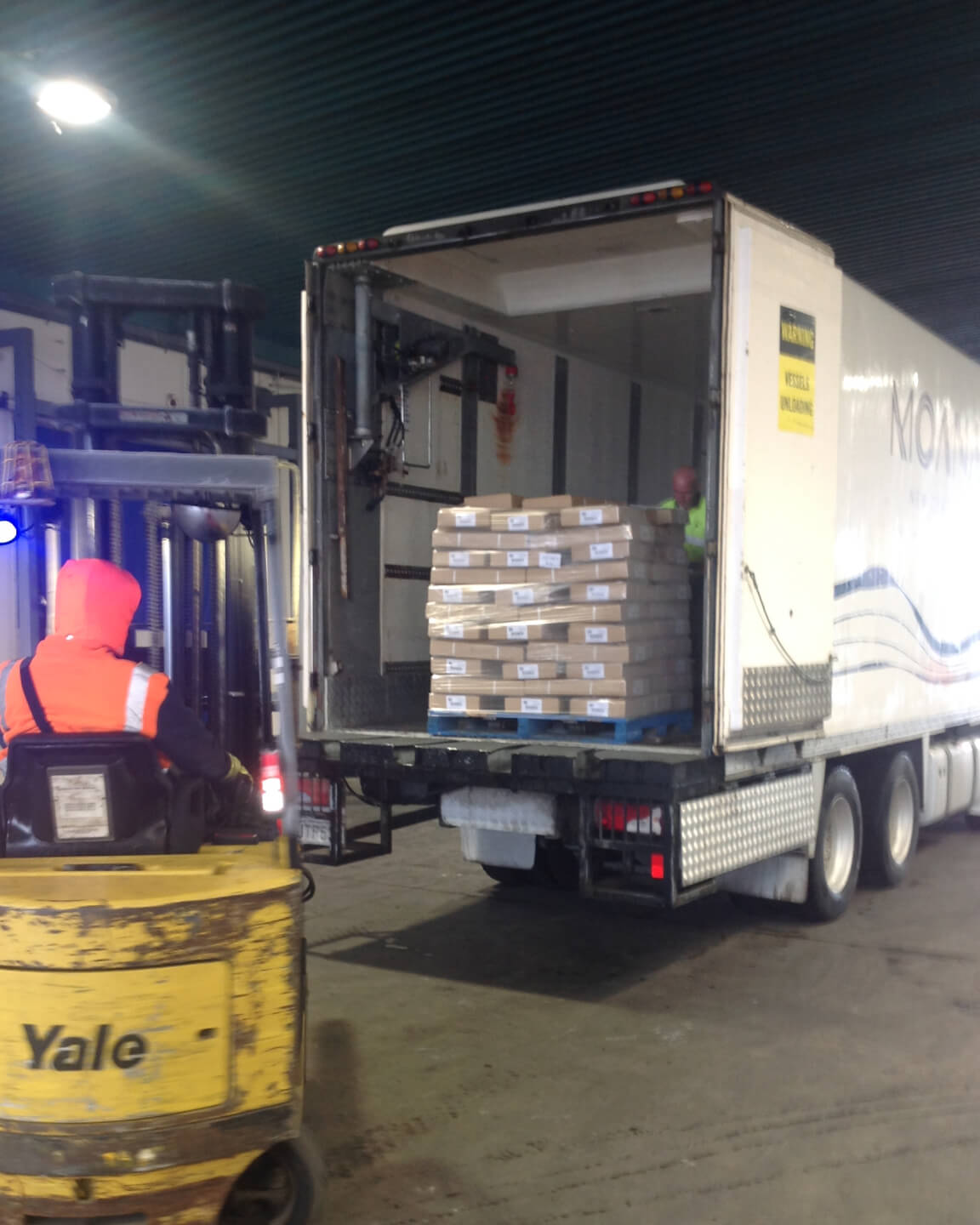
This impacted our operations across the business, some more severely than others.
Some contract fishers reported slash and sedimentation issues whilst our tio farms experienced severe mortality events due to low salinity and land-based, run-off related issues. Fishing vessels weren’t able to set off during prime fishing season, which resulted in lower harvesting numbers.
Never did this deter or dampen the spirit of our people at Moana, with our kaimahi offering support and assistance as much as practicable in times of need.
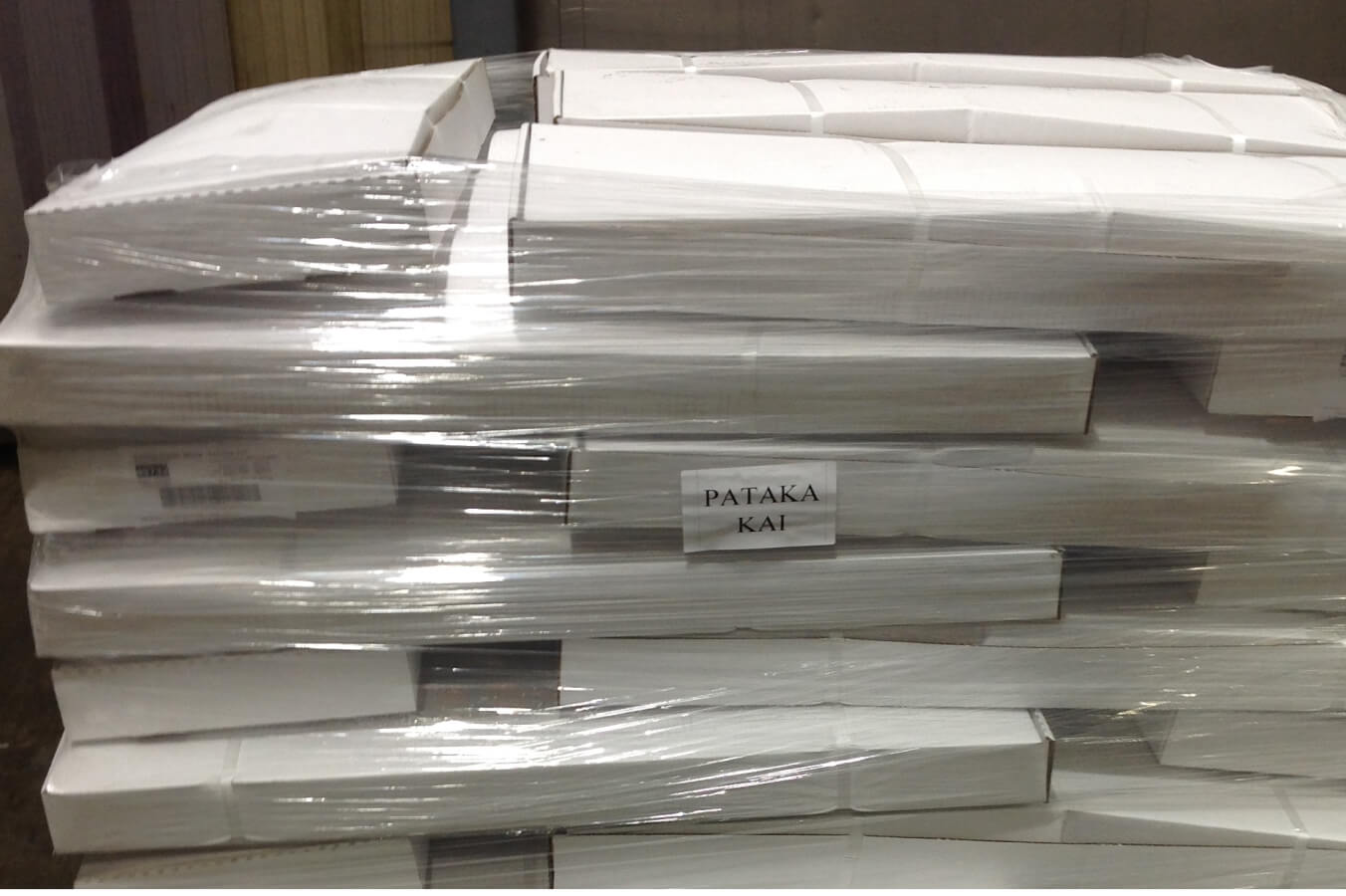
Post-Cyclone Gabrielle pātaka kai support
Moana New Zealand, our contract fishers and Iwi mobilised quickly to send kai to the east coast of New Zealand after severe flooding and damage to communities caused by Cyclone Gabrielle.
Long-life bread and meals-ready-to-eat (MREs)
In the immediate period post the cyclone, we emptied our shelves of long-life bread and meals-ready-to-eat (MREs) to affected communities via volunteer and local emergency organisations.
Moana developed the long-life bread as part of our range of tasty and nutritious MREs, and it provided good sustenance for people who wanted it in the aftermath of the storms.
Moana New Zealand’s long-life bread is a world first—the bread is individually packed with a shelf life of 36 months.
Customary ika
As the need for sustained sources of kai grew in severely impacted communities, Iwi leaders came together to use customary permits to provide ika for additional and sustained relief.
Moana and our contract fishers worked with the Chair of the Mai i Ngā Kuri a Whārei ki Tihirau Iwi Customary Fisheries Forum Jonathan (Hone) Te Rire, Pelco, fishers RMD, and the Ministry for Primary Industries; we banded together to support the kaupapa and managed the logistics and handling of the customary ika so that it could be stored and distributed appropriately.
Enabling efficiencies and empowering our people through technology
As the business grows, so do our systems, which can make a real and positive impact on how our kaimahi conduct work. We’re always on the hunt for efficiencies and making adjustments where needed to deliver on behalf of our shareholders and for the future of the business.

New sales and reporting software for Wellington Ika
Kiwa—Fisher payment and quota management
Across town at the Pāua Tūwā facility, Kiwa has been successfully implemented. Kiwa is our fisher payment and quota management system that we had specifically written for us. The system also holds the data for our annual catch entitlement and quota budgets.
Moana recently added to Kiwa our VLS (Vessel Landing System) Reporting which helps our sales team plan what product will be landed, so they can get sales organised in advance for our product – enabling it to get out the door as soon as it arrives. Moana specifically requested a bespoke product as, at the time, there were very few options for software.
xIMS—Factory inventory system
Moana has successfully completed the first phase of installing xIMS, a factory inventory system, at our Ika factory on Lorne Street, Wellington.
xIMS manages our traceability of the product – from the vessels that caught it and from the oyster farms where tio are harvested. xIMS also integrates with our Business Central (ERP) and KIWA (Fisher Payments) and shares data with these systems.
Inventory is in real time: as soon as a label is printed, it gives our sales teams instant access to product as it is being produced. Our Lorne Street factory joins Mount Wellington, Chatham Islands, Coromandel, Wiri and Palmerston North in using this programme.
Starlink for Chatham Islands and Whangaroa
The remoteness of these sites and regional dependence on old technology has always created a connectivity challenge, with slow and unreliable wifi, for our Whangaroa and Chatham Islands facilities.
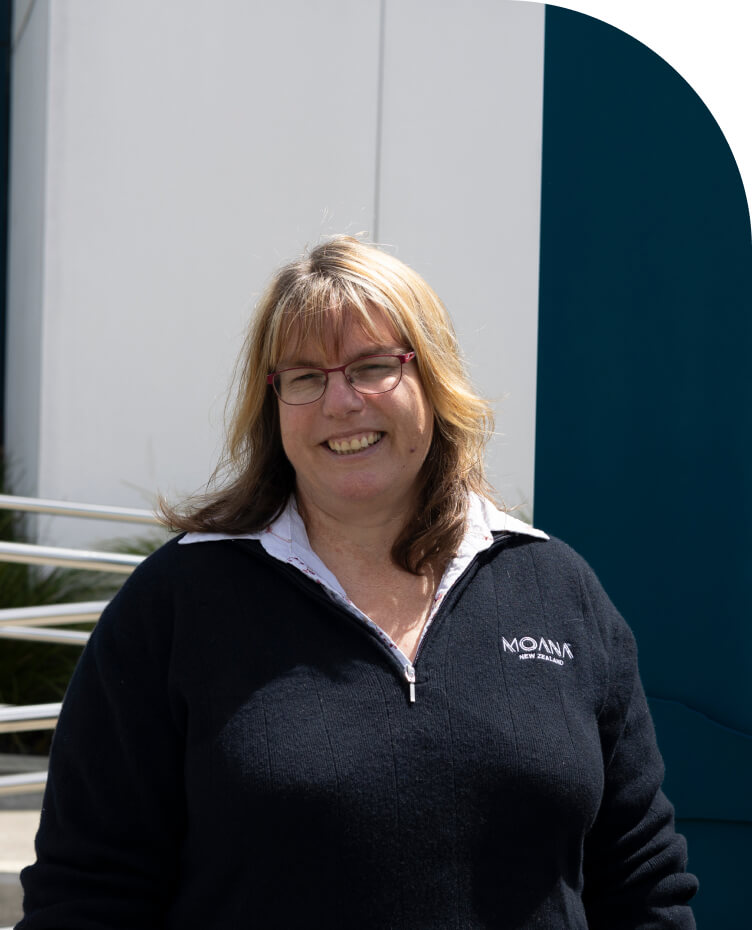
Nic Nicholson
Operations system support
With SpaceX, satellite internet providers, around 1700 low level satellites have been installed in orbit around the Earth which offered better coverage and service across all of New Zealand.
After an initial trial, both sites have migrated from their existing network connections to the Starlink system. This has resulted in significant improvements in speed and reliability of the network for our staff, and for IT support. Additionally, we’re minimising cybersecurity risks at our Chatham Islands site. It will allow further integration and consistency into our IT system and provide some cost savings.

Sealord opens new state-of-the-art aquaculture facility
In July, Sealord’s salmon and ocean trout business in Tasmania, Petuna, opened a $13-million recirculation system at its hatchery in Cressy that uses less than 5% of the water used in traditional hatcheries, significantly reducing its environmental footprint.
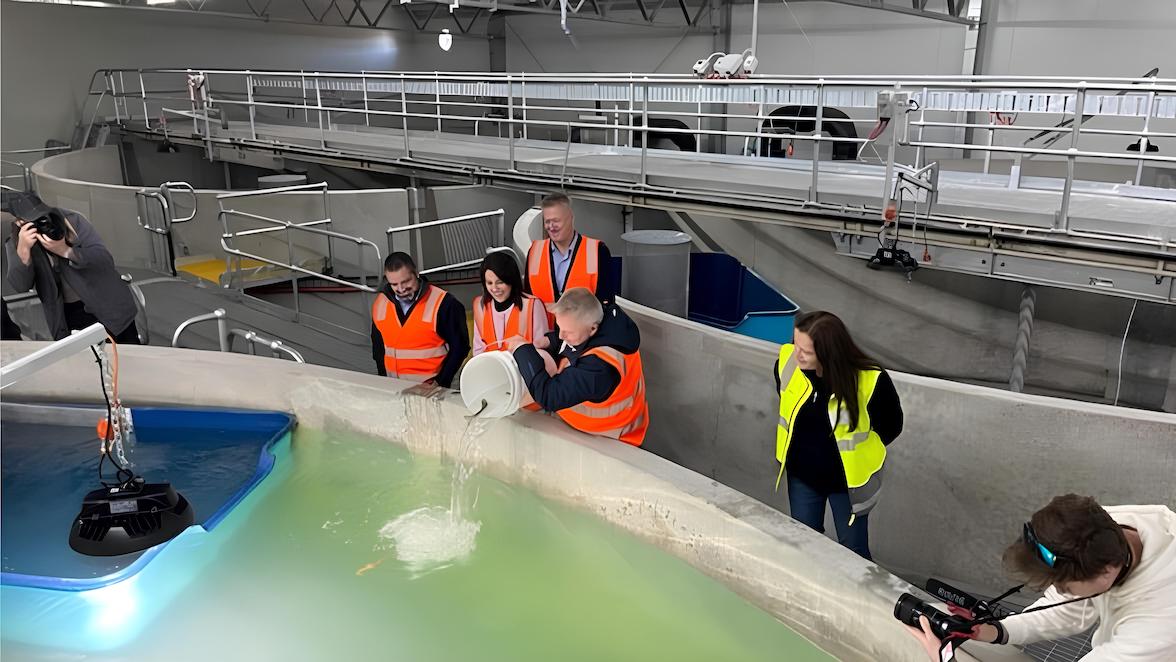
Tasmanian Premier Jeremy Rockliff officially opens Cressy III, introducing smolt to the new facility.
Sealord Chief Financial Officer Gary Neill said the state-of-the-art facility demonstrates Petuna’s ongoing commitment to environmental sustainability. An additional benefit is that all of the waste will be used on a neighbouring farm as fertiliser.
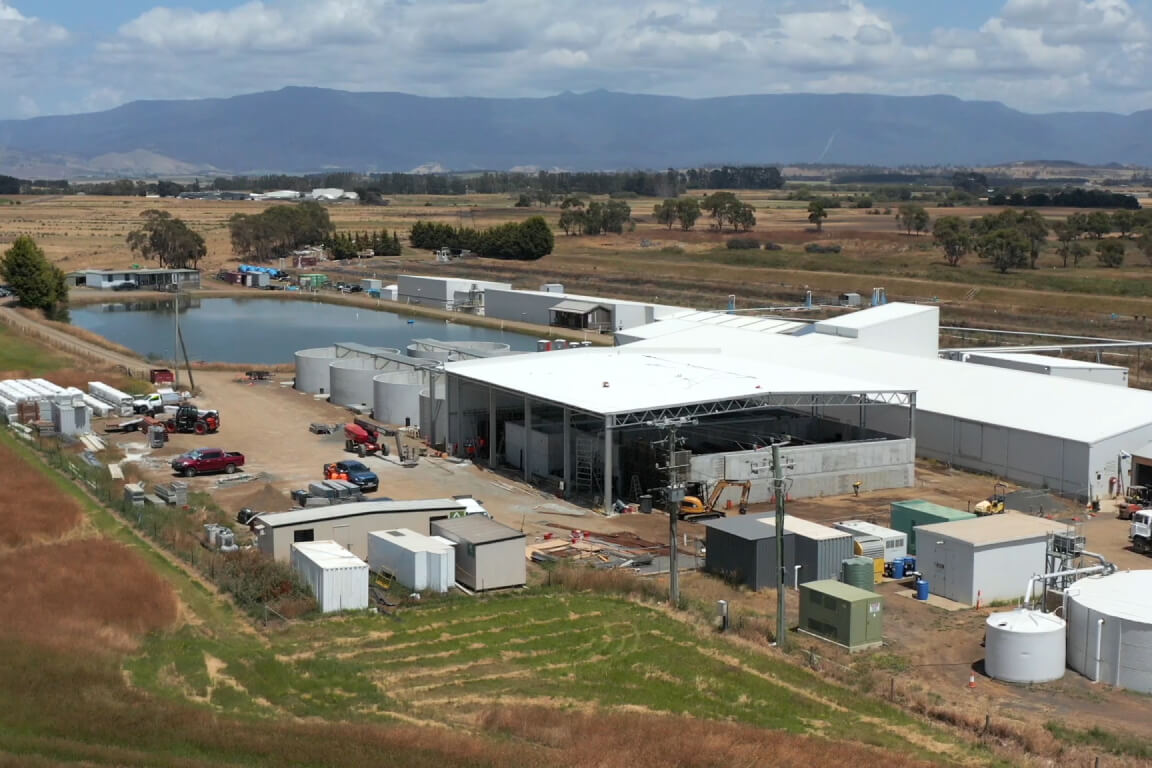 Cressy III during the construction phase.
Cressy III during the construction phase.
 Cressy III construction completed and all ship shape.
Cressy III construction completed and all ship shape.
The development includes the construction of a third Recirculation Aquaculture System (RAS) - which takes the site to full RAS for Petuna's salmon stocks to thrive. This gives greater ability to control the water quality and temperature in the tanks - including improved nutrient management - to create optimal conditions for young fish as they grow.
Take care of areas where we operate
Our care for Tangaroa is expressed through our day-to-day mahi as well as annual events commemorated around the world.
We create programmes to support healthy, thriving fisheries and we seek innovation to improve on our harvest methods for future generations.
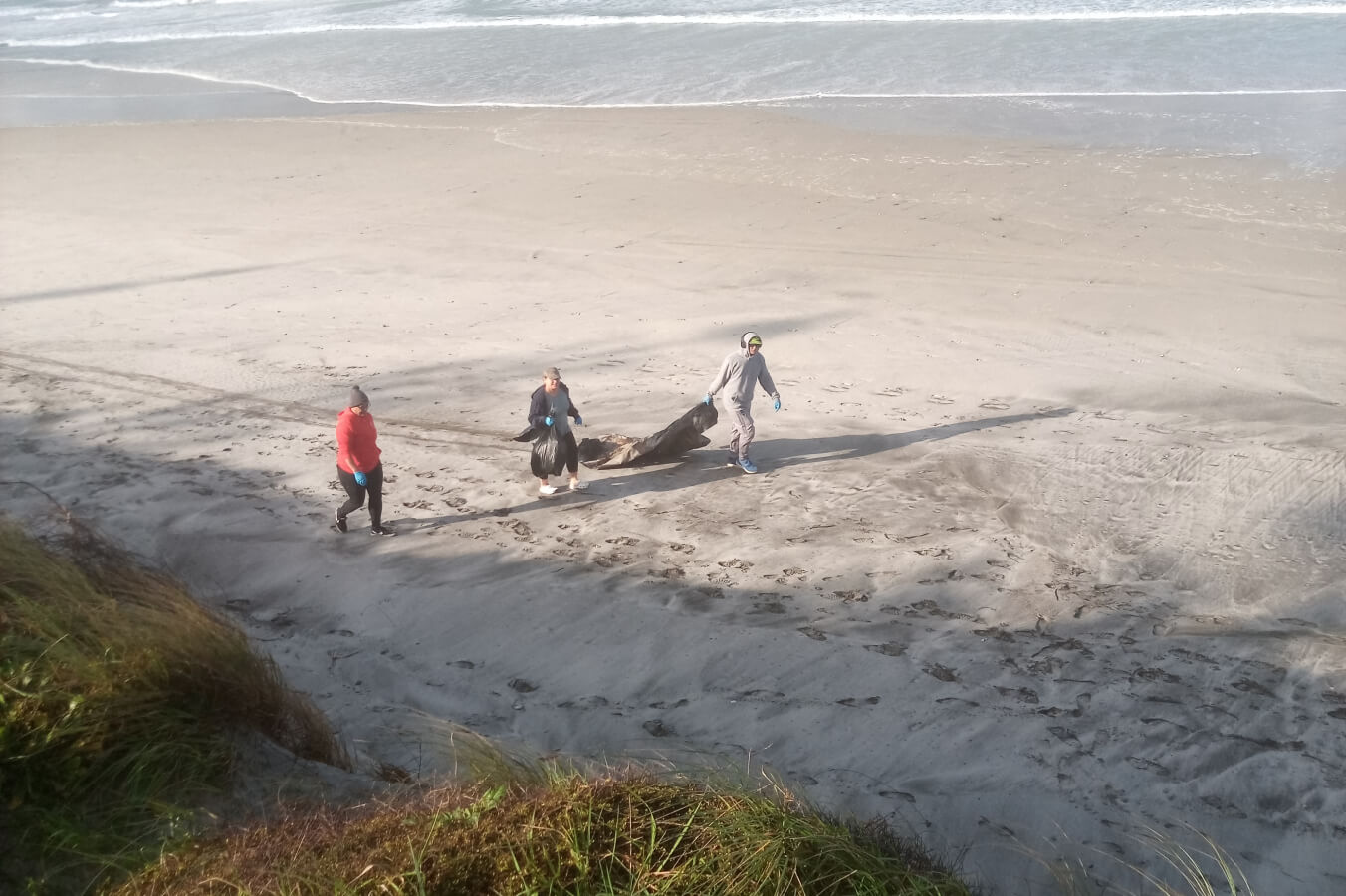
Team Ruakākā beach clean-up on World Ocean Day
World Ocean Day is a call for collective action for a healthy ocean and stable climate. Every year there is a call to action and this year is no different. Our kaimahi in Ruakākā answered the call by splitting into two teams to spend the morning clearing out rubbish on the beach and sand dunes surrounding the Pāua Kahurangi farm. It was a valiant effort with many bags of rubbish collected and some time spent by the team beautifying the dunes surrounding the farm.

Coromandel annual coastal clean-up
Moana Coromandel Tio team traveled to Whanganui Island to support annual, clean-up efforts on Whanganui Island close to the farms in March this year. This is a joint, local initiative created by industry to maintain the natural beauty of the shoreline surrounding the tio and mussel farms in the harbours. The team usually hold a BBQ on the island and take the time to enjoy the fruits of their labour enjoying the harbour views.
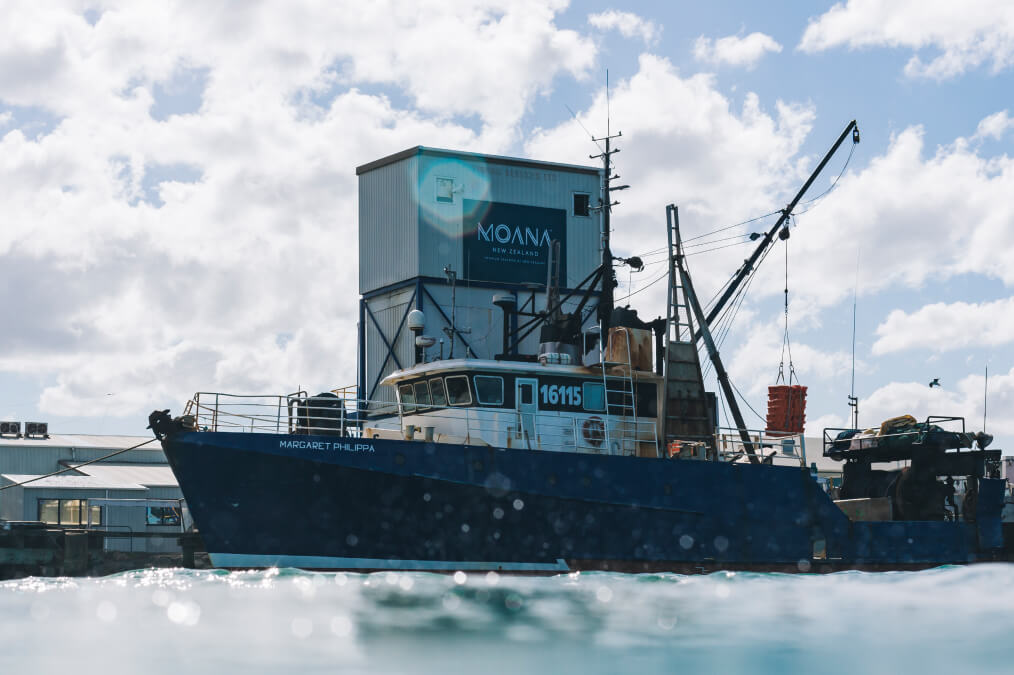
Trialling dolphin pingers
For the past five years some contract fishers have been using sonar to deter dolphins from the areas where they fish. These devices are now being replaced with new dolphin dissuader devices. A dolphin dissuader device is fixed on trawlers’ fishing equipment to limit the interactions between mammals and fishers.
The level of sonar emissions does not harm mammals or fish; they’re not sensitive to the frequencies emitted—the noise is merely an annoyance making them avoid areas where the pingers are used. The devices safeguard marine mammals and promote sustainable fishing practices, fostering a harmonious coexistence between the fishing industry and our delicate marine ecosystems.
Tio environmental monitoring update
Last year, we introduced the environmental monitoring programme we have in place to measure and record environmental changes occurring from converting from the traditional intertidal timber racks to the semi-automated floating long-line system for growing tio.
The historically dense intertidal timber racks effectively reduce and redirect tidal currents and reduce the penetration of wind-generated wave activity. This results in reduced water flow through the farm and lessens the influence of wind-generated waves on the seabed. As a consequence, fine sediments (land and farm-derived) are trapped under the farms and ultimately change the seabed quality (thickness of sediment layer, chemistry, biological communities, etc.).
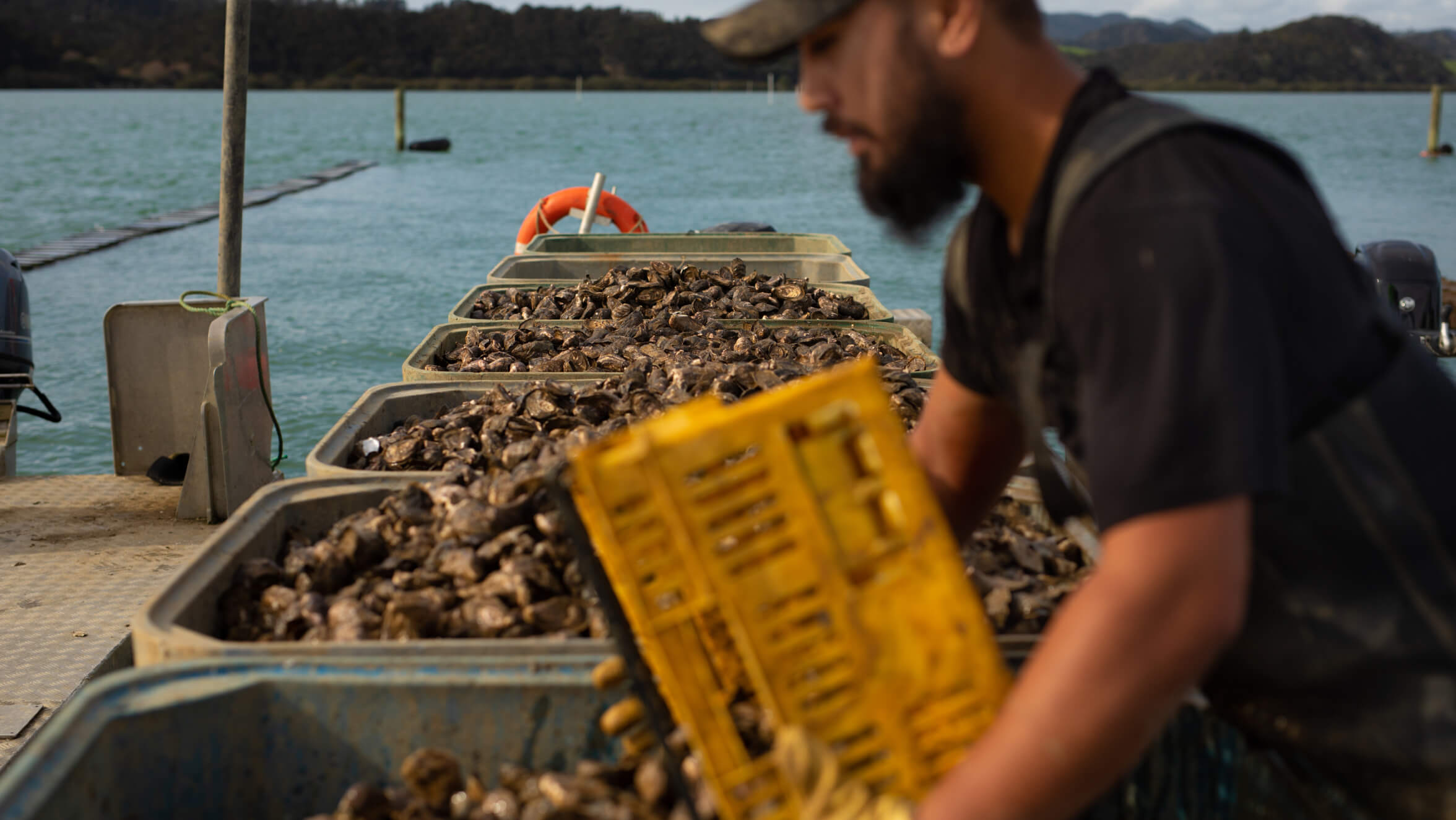
The Whangaroa, Pārengarenga, and Coromandel locations are being converted to semi-automated farms.
By converting to the semi-automated system, it is expected that positive changes to the sediment under the farms will occur due to increased resuspension of sediments (which occurs along the water’s edge as the tide moves up and down during wind events) and increased currents and flushing.
At all sites, subtle changes have been recorded for sediment geochemistry (reduced average nutrients and percentage of fine sediment) within the farm footprint relative to the control site.
Similar subtle changes have also been recorded with respect to community composition, albeit no major changes, with the exception of the Pārengarenga Harbour farm sites where there has been an increase in seagrass habitat that was not previously present prior to the conversion. This is a really positive environmental outcome.
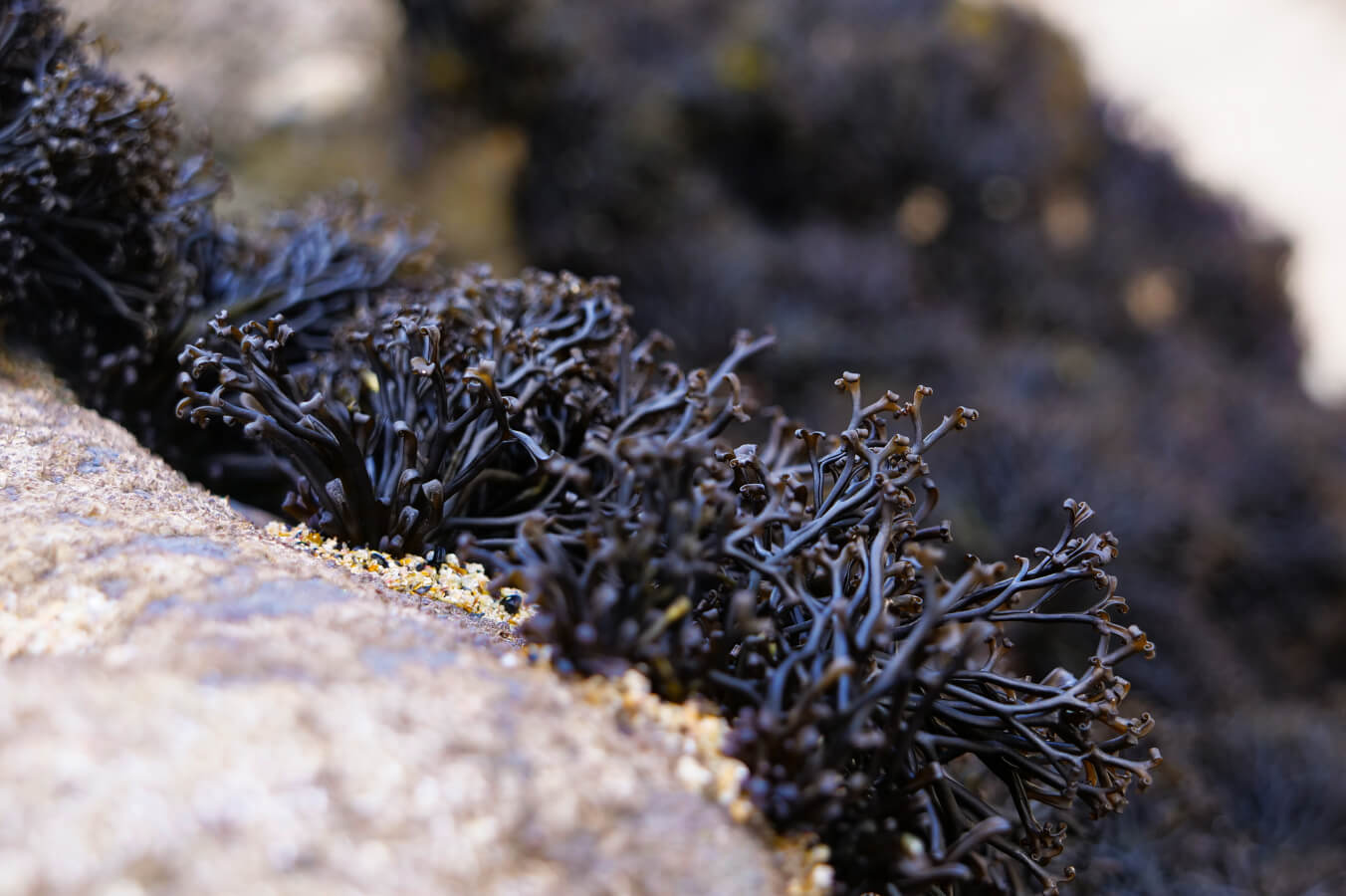
The extreme wet weather we have experienced for the past 12 months has very likely impacted on the rate of improvement and change in community composition. Heavy rainfall has been predominant before the last two surveys and have likely been more of a community structural influence than the conversion to semi-automated farming. Some sites have also only been converted in the past year and therefore have had little time to respond.
With the forecasted drier weather due to the switch to a dominant El Niño weather pattern, it is expected that the influence of local rainfall will diminish.
10 years new in
Palmerston North
There’s been a year of milestones with our Palmerston North whānau celebrating their tenth anniversary in the Kelvin Grove factory.
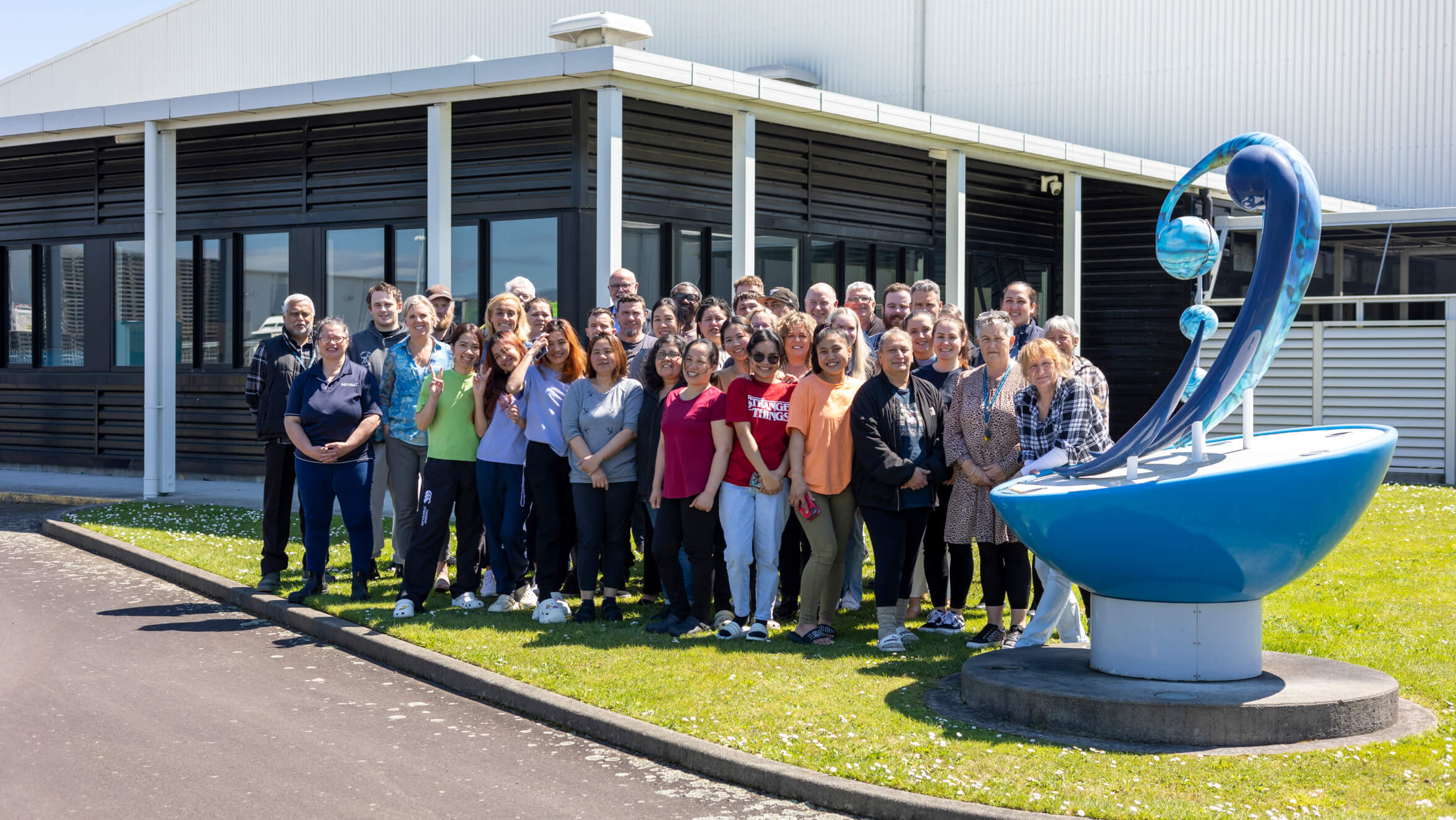
For over 50 years, the Prepared Foods division operated out of an old factory in Ruahine Street. The buildings were not fit for purpose, requiring large ongoing repairs and maintenance, and were unsuitable for our business operations. This, combined with the location being reclassed as a residential zone, made for difficult compliance and operational performance issues.
So, the decision was made to build a purpose built factory that would allow the pioneering business to expand and innovate. This state-of-the-art factory has improved processing efficiency and increased production capacity, and we still have room to grow.
Investments into the Kelvin Grove facility including modern processing equipment has seen positive returns over the years, and the division continues to explore and innovate to create tasty kai ora meals for our discerning customers in New Zealand and abroad as well as process and can wild-harvest pāua for the export market.
Our long-term kaimahi
Some of our kaimahi who have been with the company the longest are located in Palmerston North.

Meet Michelle & Tiffany
TRANSCRIPTION
Michelle McConnon: My name is Michelle McConnon. I’ve been here 10 years. I started on reception, and now I’m the sales and distribution coordinator. The most I like about my job is the people and the variety of what I do during the day. I enjoy the work I do; it’s not something I thought I’d ever get into. There’s so much growth within that, and Moana has really encouraged me to keep doing that and growing in that role.
Tiffany Wilson: My name is Tiffany Anne Miriama Wilson Robertson. I’m a warehouse operator; I’ve been with the company for 8 years today. I love the company, actually, the people, yeah, the workers, the managers, the support I get from all of them, I love it.
